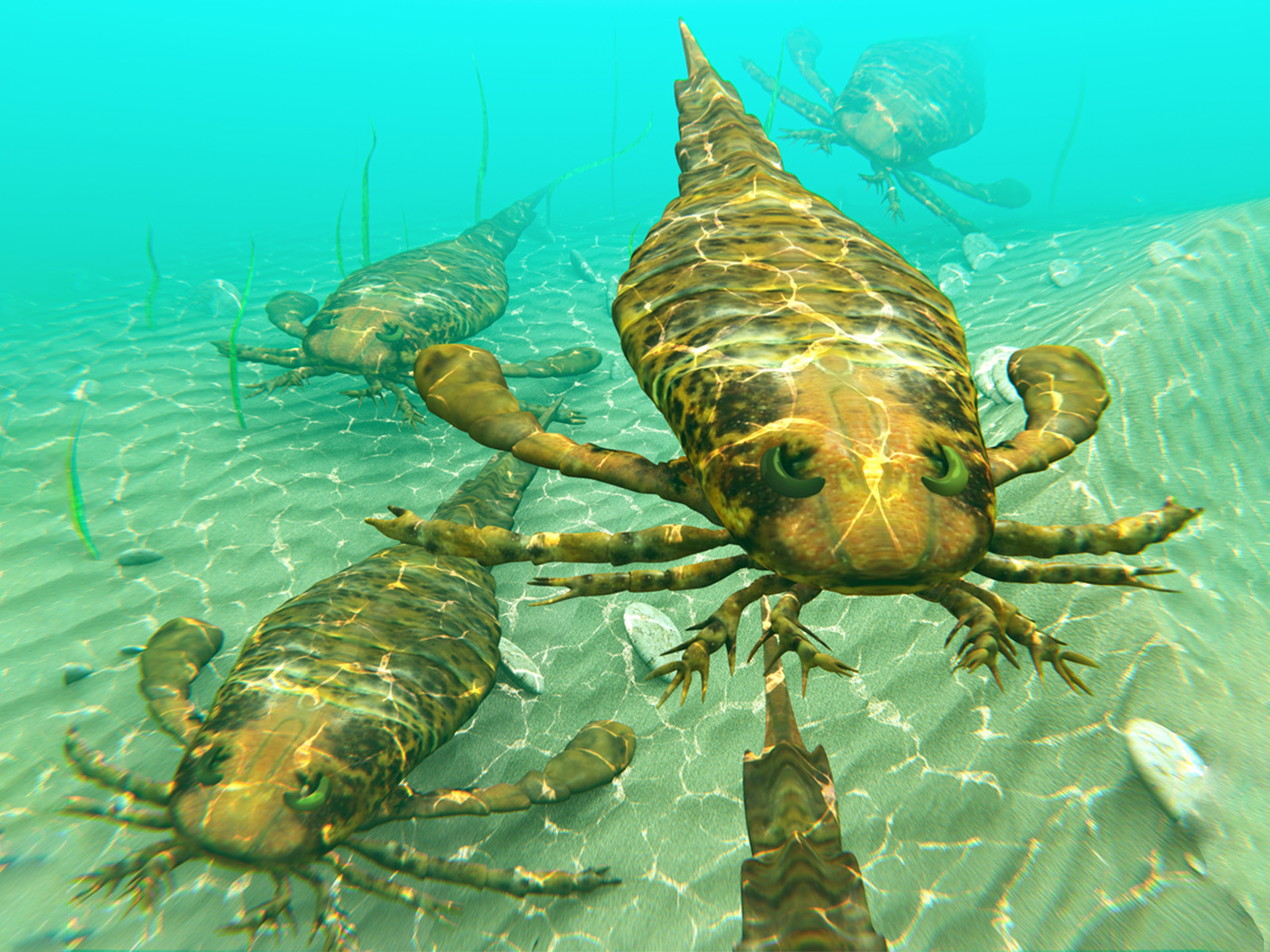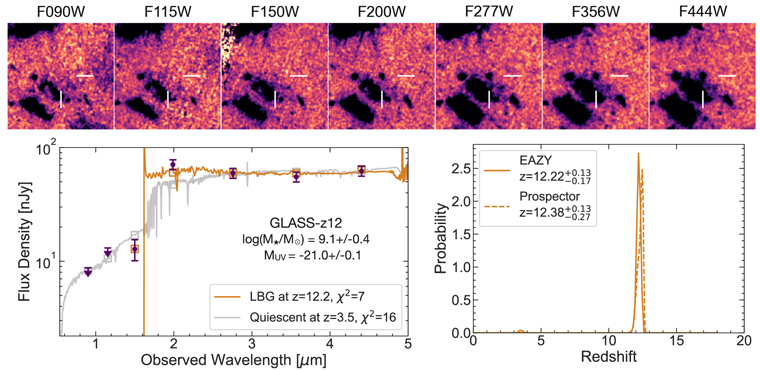この発見は、気候科学に新たな1ページを開き、カーボンフリーエネルギーに必要な水素を安全に貯蔵できる地下の場所を特定するのに役立つ可能性があります。 Findings could open up a whole new chapter in climate science and help identify subsurface locations to safely store hydrogen for carbon-free energy
2022-11-17 パシフィック・ノースウェスト国立研究所(PNNL)

Giant sea scorpions once roamed the ancient Devonian sea 400 million years ago. Now, researchers are learning more about that world. (Image by Aunt Spray | Shutterstock.com)
多くの種類の鉱物や宝石には、液体が閉じ込められた小さなポケットが存在する。今回の研究では、高度な顕微鏡観察と化学分析により、この小さな水たまりの中身を明らかにすることができた。
その結果、岩石の内部に閉じ込められていた水は、この岩石の起源であるニューヨーク州北部をかつて占めていた古代の内陸塩水海の化学的プロファイルと一致することが確認された。
研究チームは、鉱物中の極微量の元素や不純物を検出できる原子プローブ・トモグラフィーと質量分析計という精密で高感度な検出技術を用い、この気泡が確かに水を含んでおり、その塩分組成が古代の海のものと一致していることを突き止めたのである。
<関連情報>
- https://www.pnnl.gov/news-media/tiniest-ever-ancient-seawater-pockets-revealed
- https://www.sciencedirect.com/science/article/abs/pii/S0012821X22004952
限界に挑む:原子プローブトモグラフィーによるナノスケールの流体包有物の古海水シグネチャの解明 Pushing the limits: Resolving paleoseawater signatures in nanoscale fluid inclusions by atom probe tomography
S.D.Taylor,D.D.Gregory,D.E.Perea,L.Kovarik,J.B.CliffcT.W.Lyons
Earth and Planetary Science Letters Available online :12 October 2022
DOI:https://doi.org/10.1016/j.epsl.2022.117859
Abstract
New insight into the geochemistry of ancient environments can be gained through structural and chemical analyses of nanometer-scale features within minerals. Here, we present recent developments using atom probe tomography (APT) enabling direct visualization of nanoscale fluid inclusions trapped within pyrite (FeS2) and thereby chemical characterization of remnant seawater. Pyrite framboids (spherical clusters of nanocrystals) were sampled from the Middle Devonian Leicester Pyrite Member (New York). Scanning transmission electron microscopy shows low density features distributed within the pyrite (<4 nm in size). Three-dimensional chemical visualization and analysis by APT reveals these to be nanoscale fluid inclusions preserving the elemental signatures of the water column in which the framboids formed, as alkalis consistent with seawater including Na, K, Mg, and Ca are identified. Further, within the inclusions Mg/Ca is measured to be ∼0.6±0.2 – consistent with conditions for calcite-dominated seawater existing in the Middle Devonian. The results and approach developed in this study show the potential to reconstruct paleoenvironmental conditions from coupled elemental and structural analyses of nanoscale fluid inclusions.



